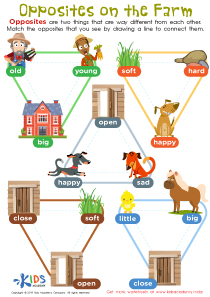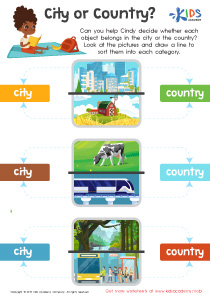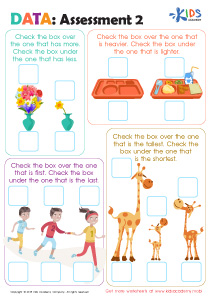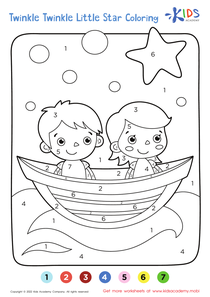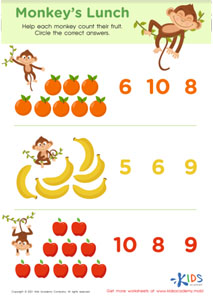Addition skills Math Worksheets for Ages 4-6
114 filtered results
-
From - To
Boost your child's math confidence with our engaging addition skills worksheets tailored for ages 4-6! Designed to make learning fun, these worksheets help young learners master basic addition through colorful activities, interactive problems, and playful illustrations. Each worksheet encourages hands-on practice and critical thinking, gradually building foundational skills step-by-step. Perfect for both classroom use and at-home enrichment, our carefully crafted exercises align with early learning standards, ensuring your kids develop strong addition proficiency. Watch your child thrive and enjoy math with Kids Academy’s expert-approved resources that turn learning into an adventure!
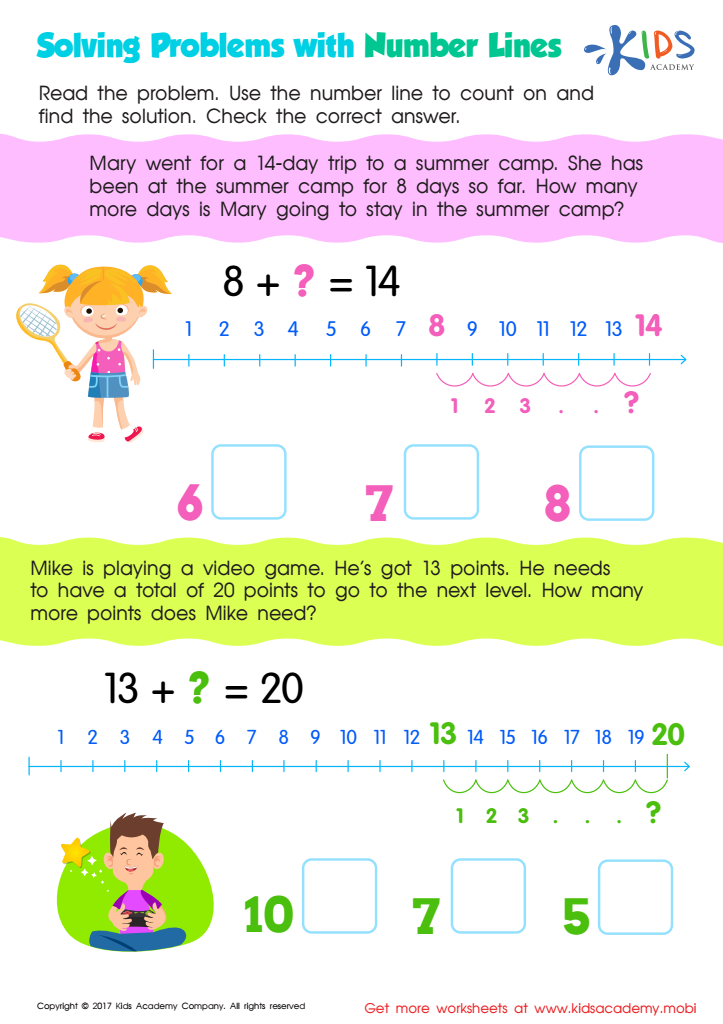

Solving Problems: Number Lines Worksheet
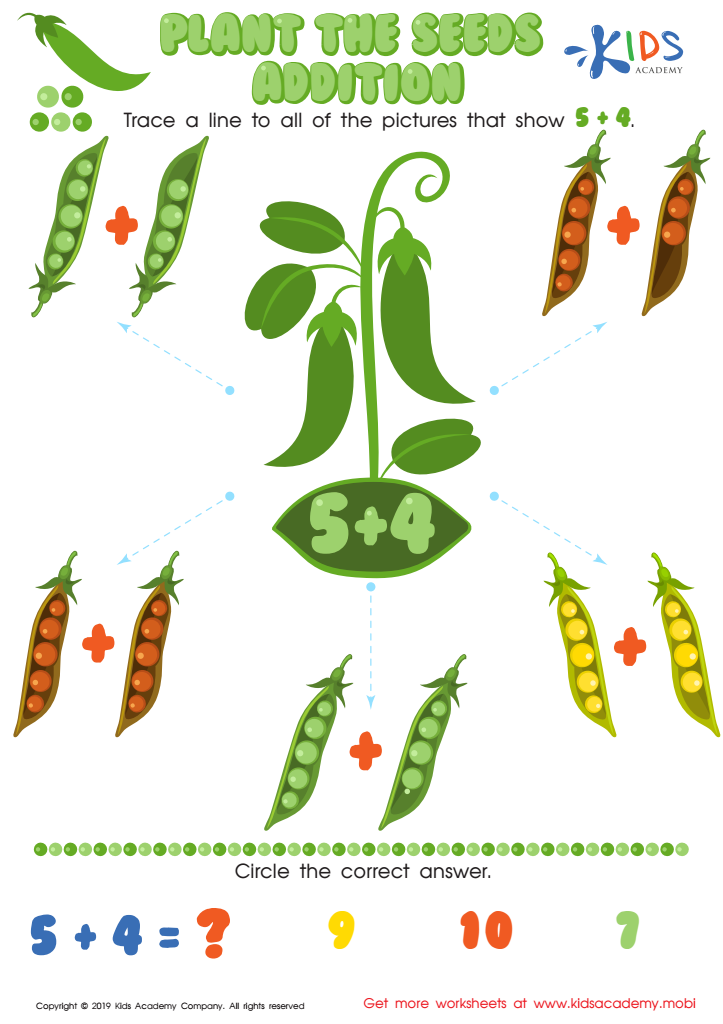

Plant the Seeds Addition Worksheet
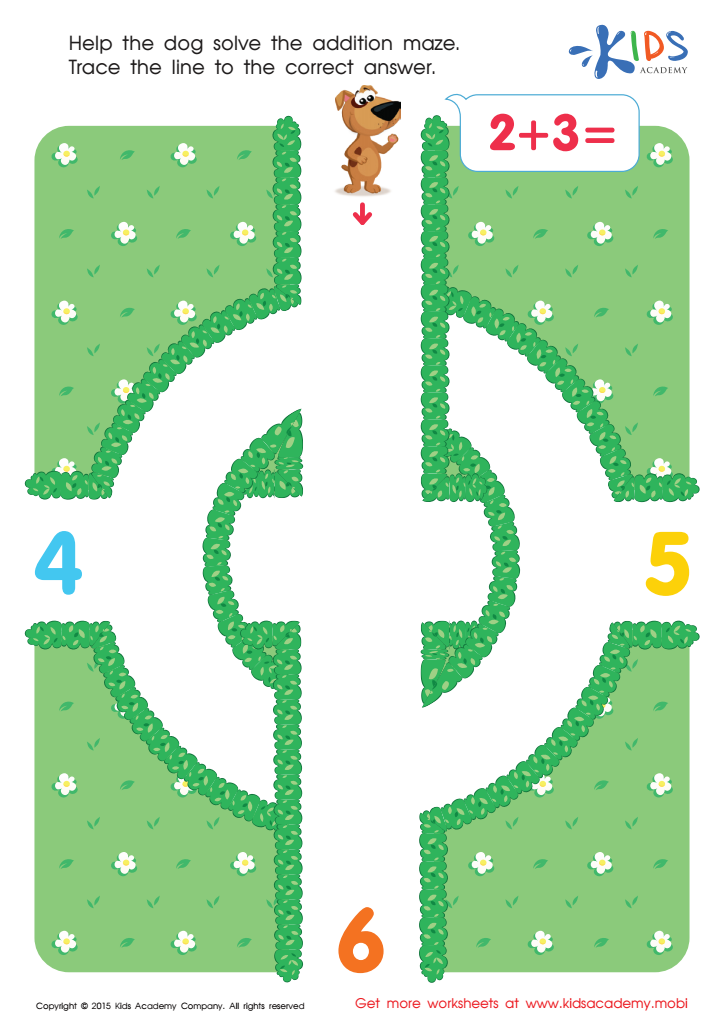

Two And Three Addition Worksheet
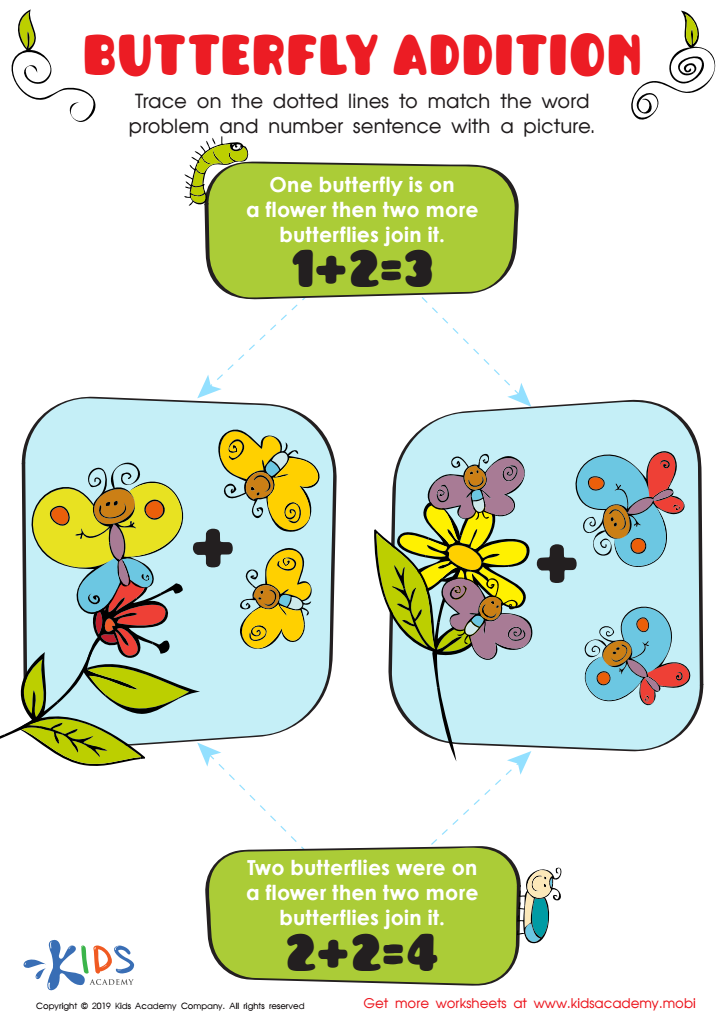

Butterfly Addition Worksheet
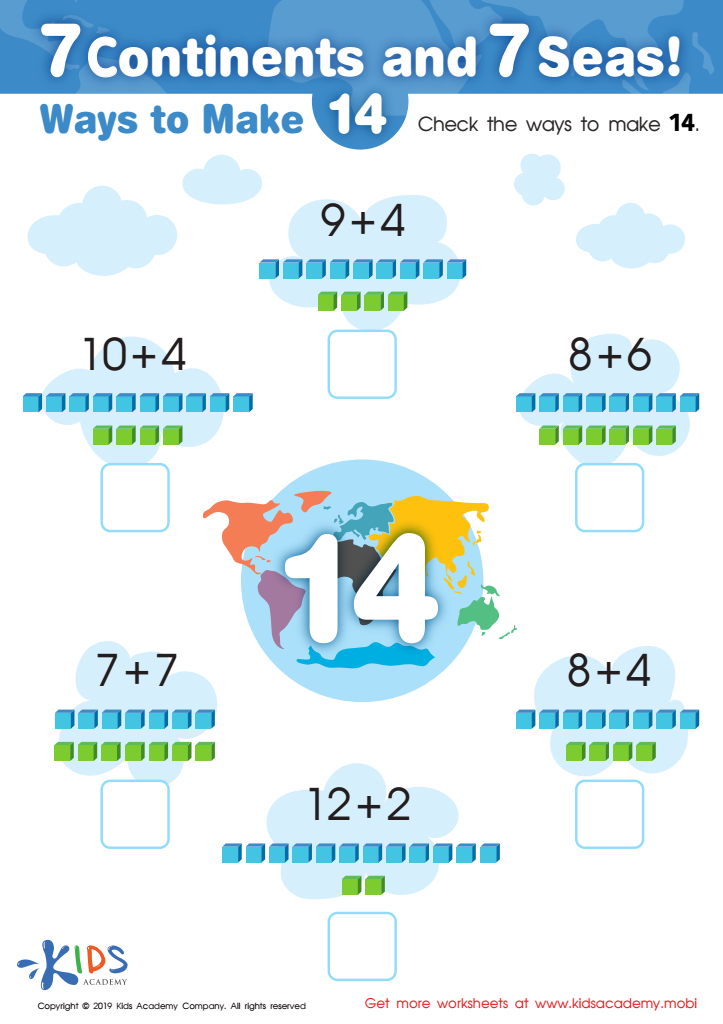

7 Continents and 7 Seas Worksheet
Caring about addition skills for children aged 4-6 is crucial for multiple reasons. Firstly, addition is a fundamental mathematical concept that forms the building block for future math topics, including subtraction, multiplication, and division. Mastery at an early age sets a solid foundation that reduces the likelihood of struggle with more complex problems later on.
Secondly, addition skills enhance cognitive development by improving memory, problem-solving abilities, and logical thinking. Practicing addition helps young children learn how to recognize patterns and relationships between numbers, fostering a deeper understanding of the number system.
Additionally, proficiency in addition boosts confidence and encourages a positive attitude towards math. When children feel capable in their early math skills, they're more likely to enjoy the subject, which can enhance their academic performance across the curriculum.
Furthermore, math is an essential life skill. From managing allowances to understanding time, basic addition is used in everyday activities that promote independence. By prioritizing this skill, parents and teachers empower children not just academically, but also in practical, real-world situations.
Ultimately, nurturing addition skills in young learners lays the groundwork for both academic success and daily proficiency, setting children up for a lifetime of benefits.
 Assign to My Students
Assign to My Students
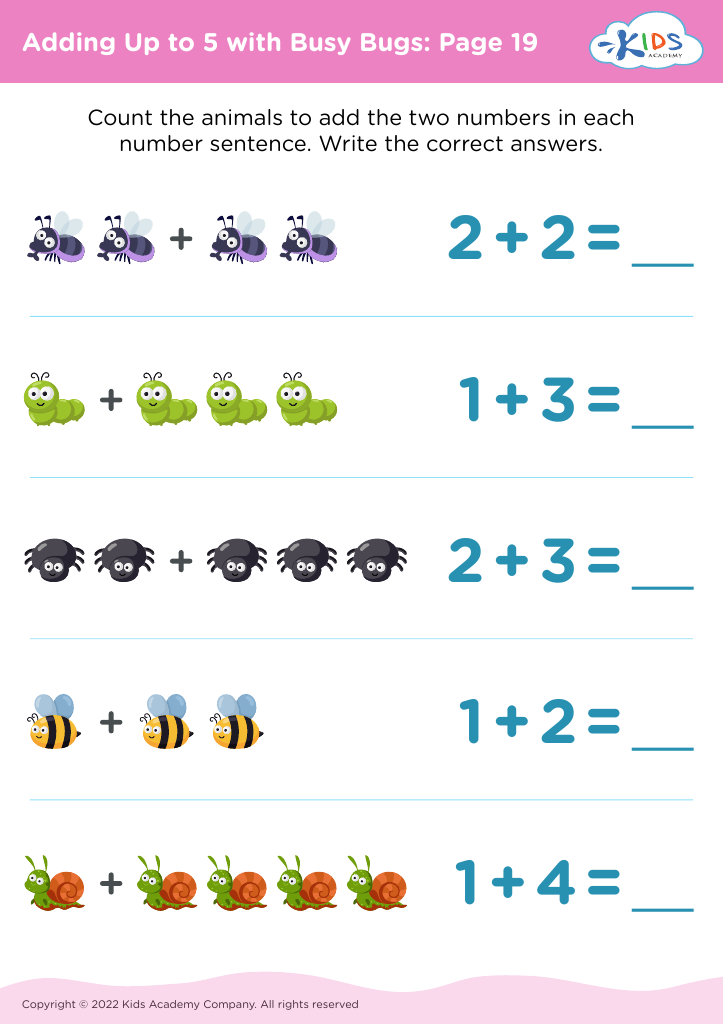
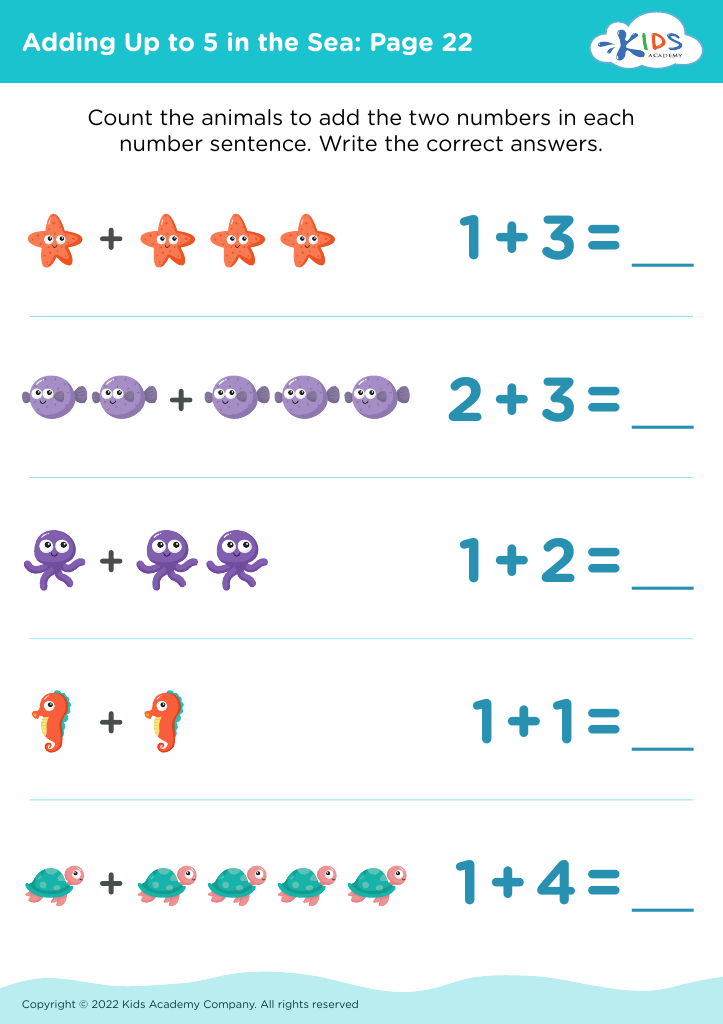
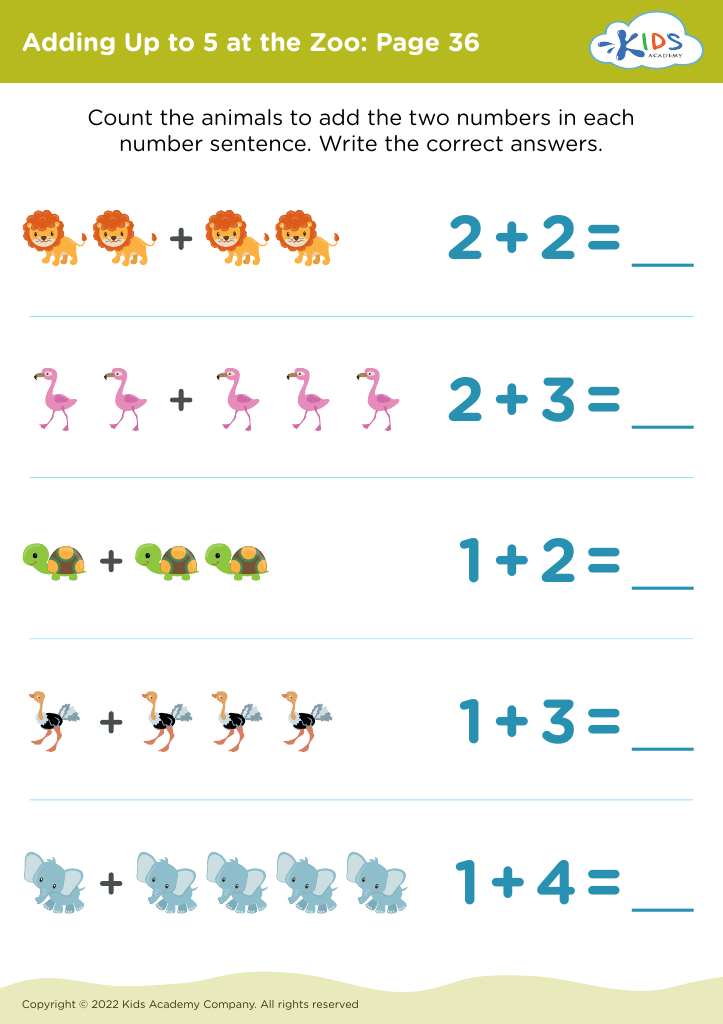

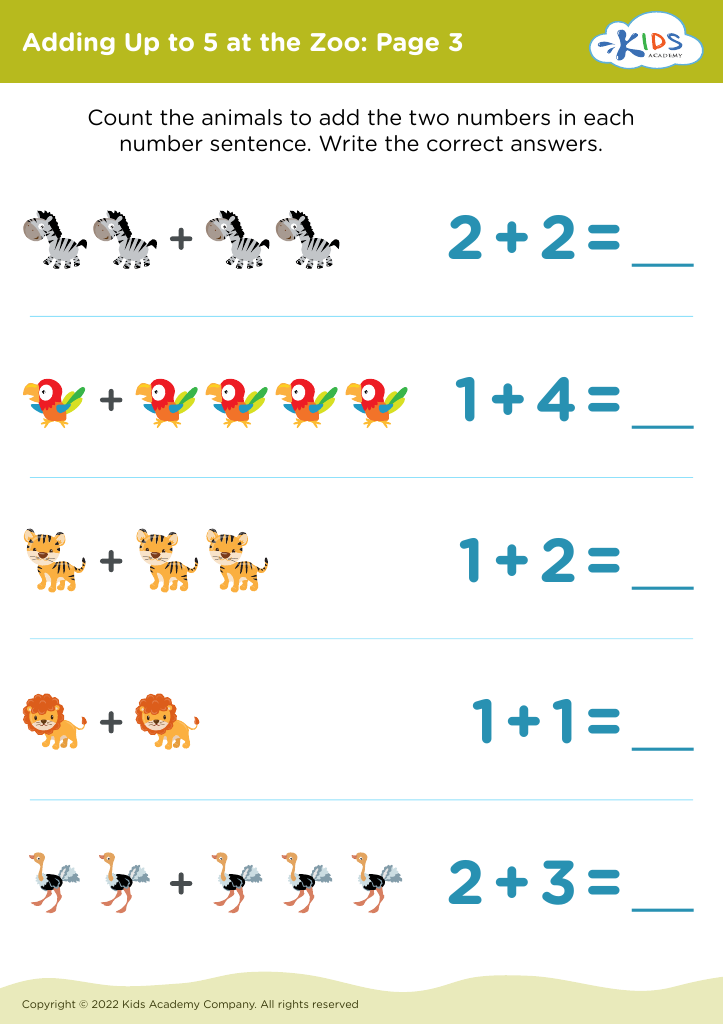
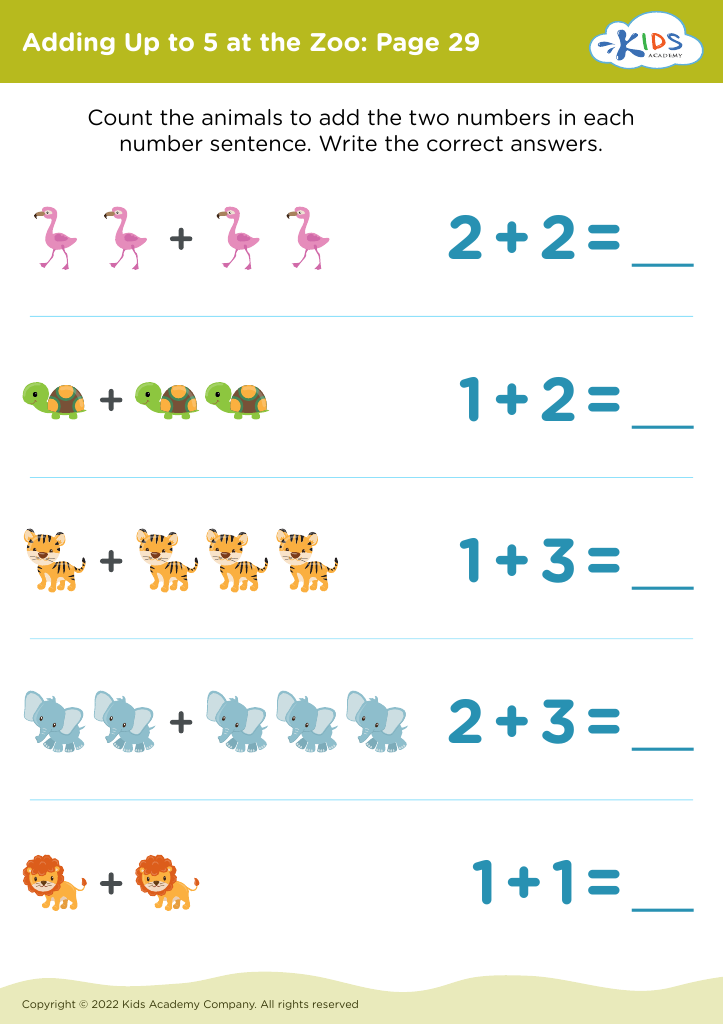
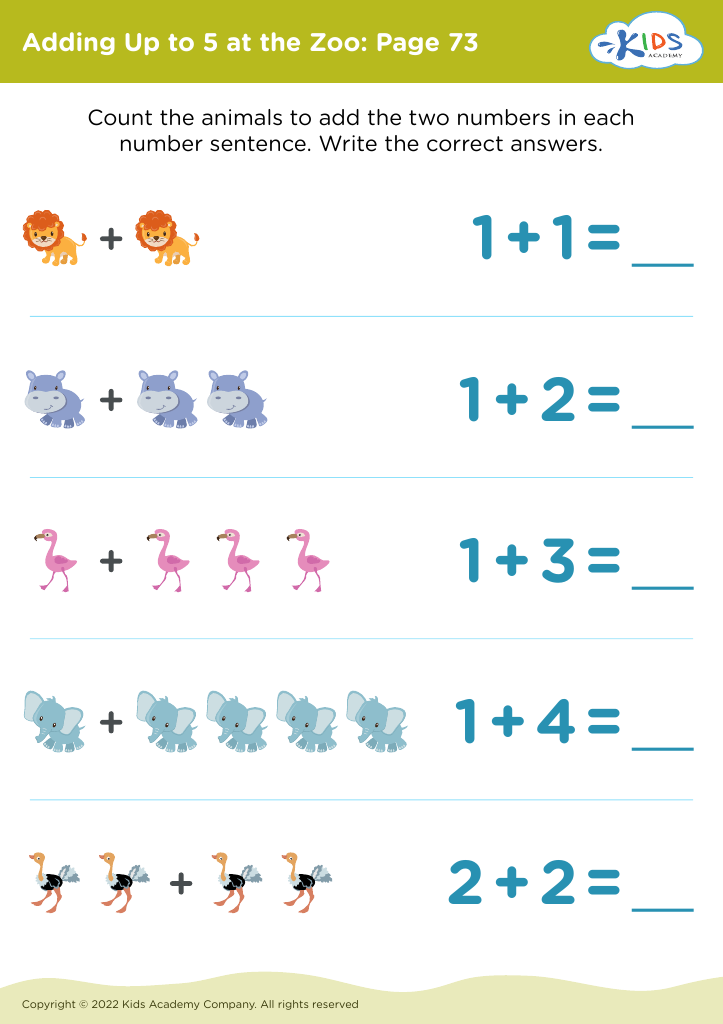
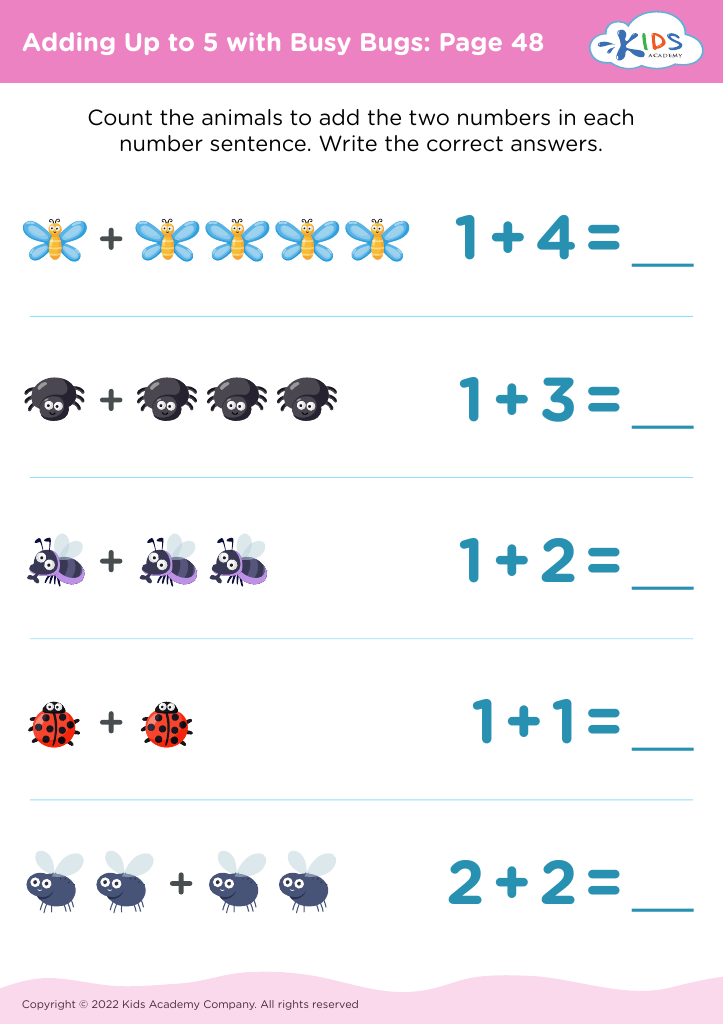
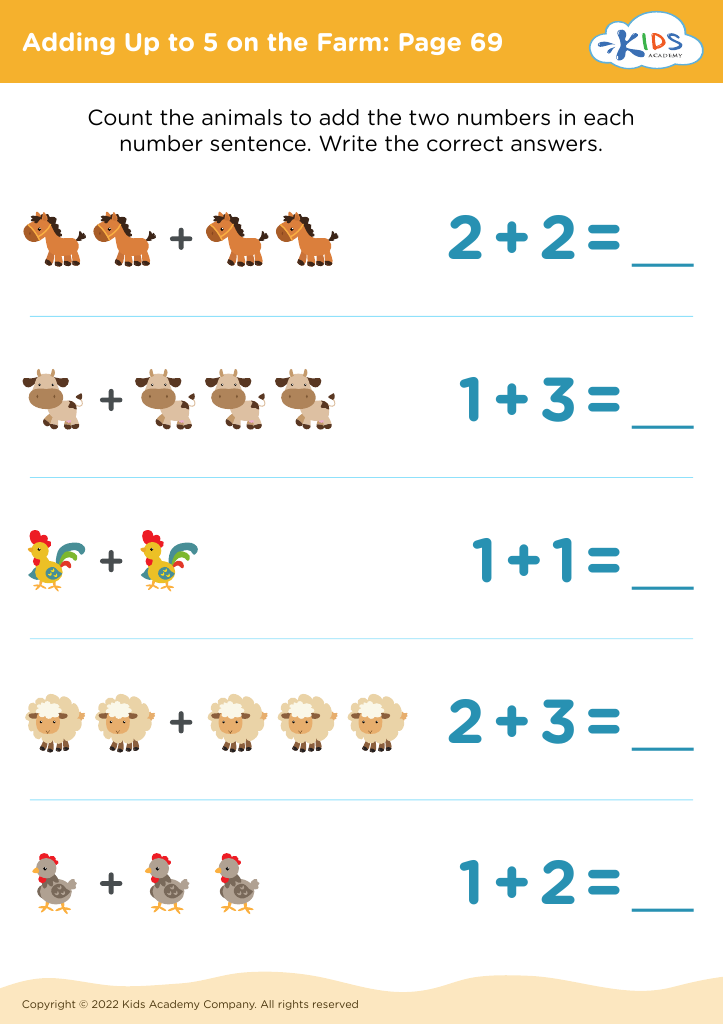
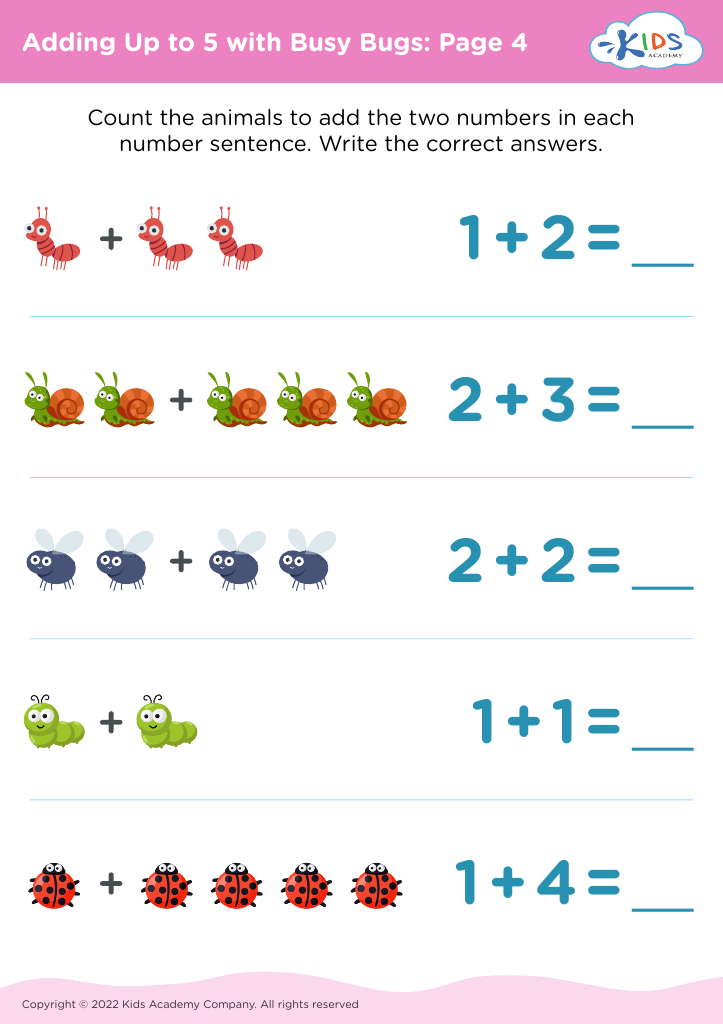
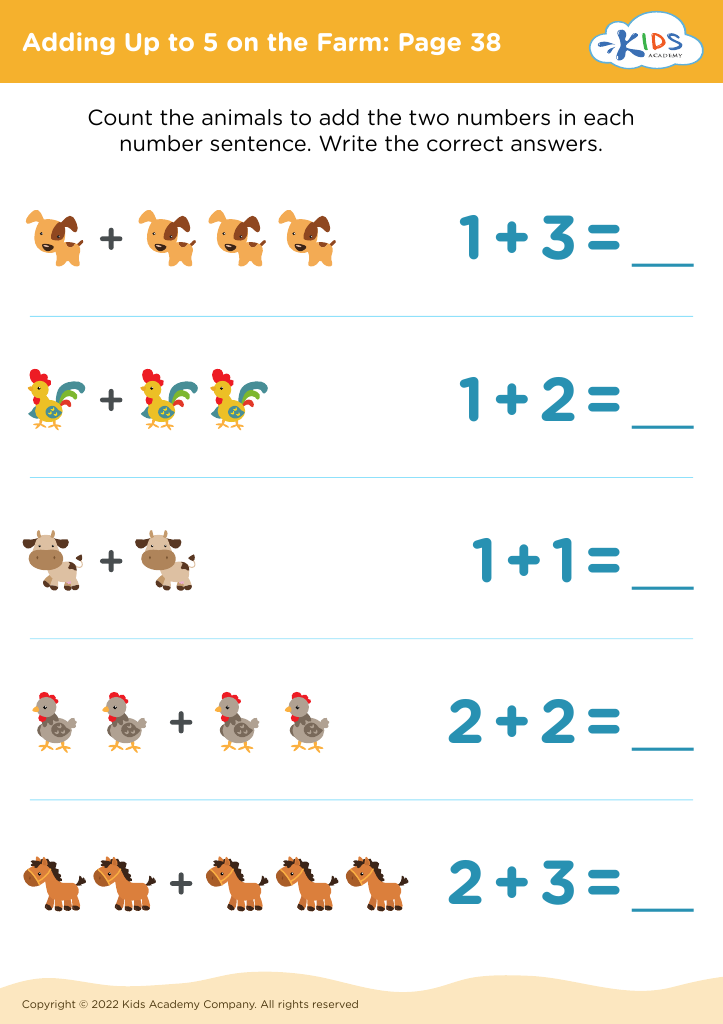
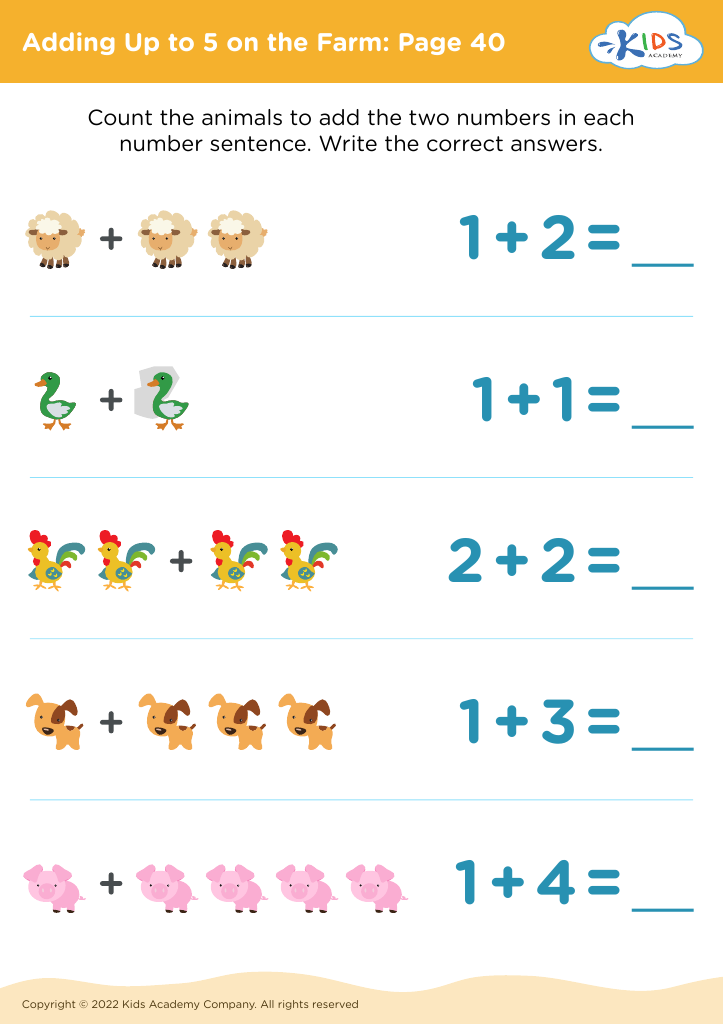
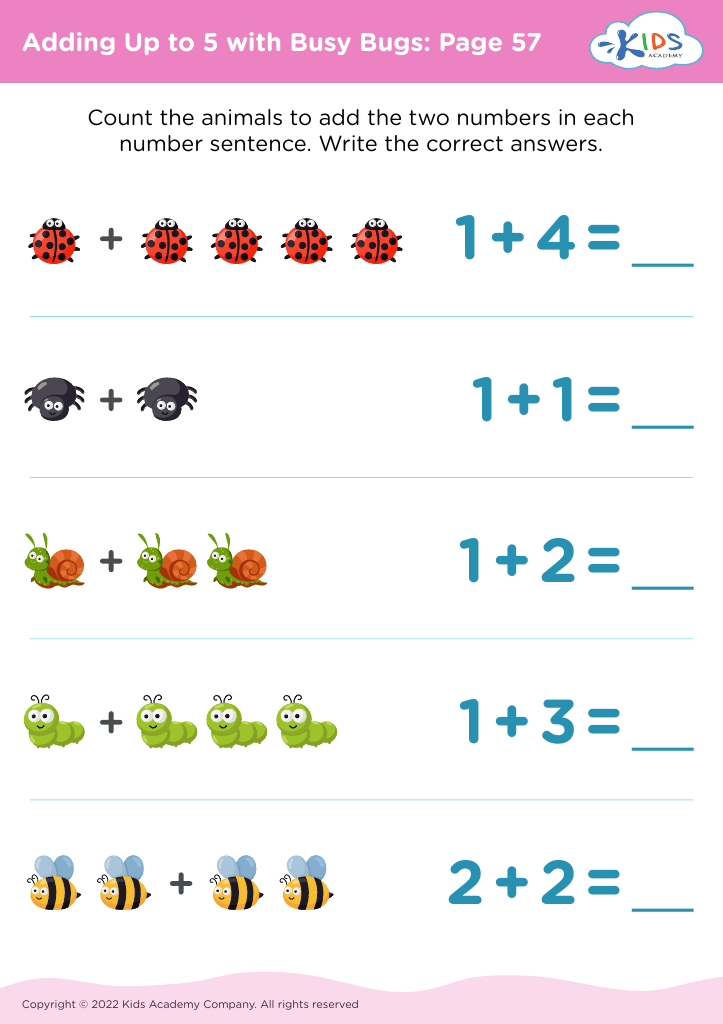
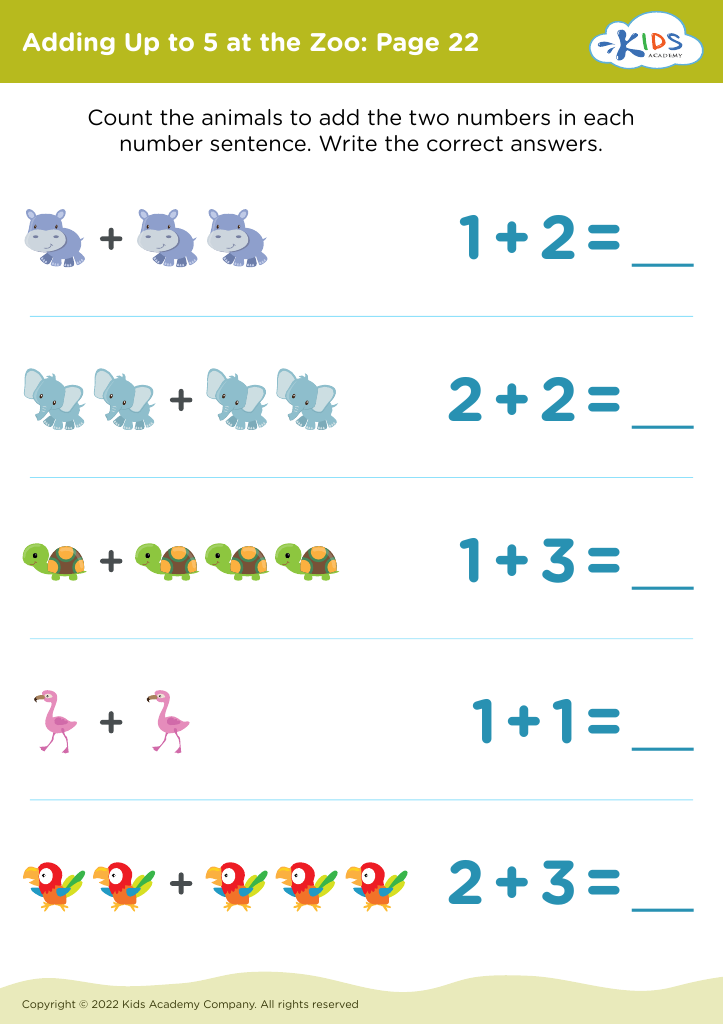
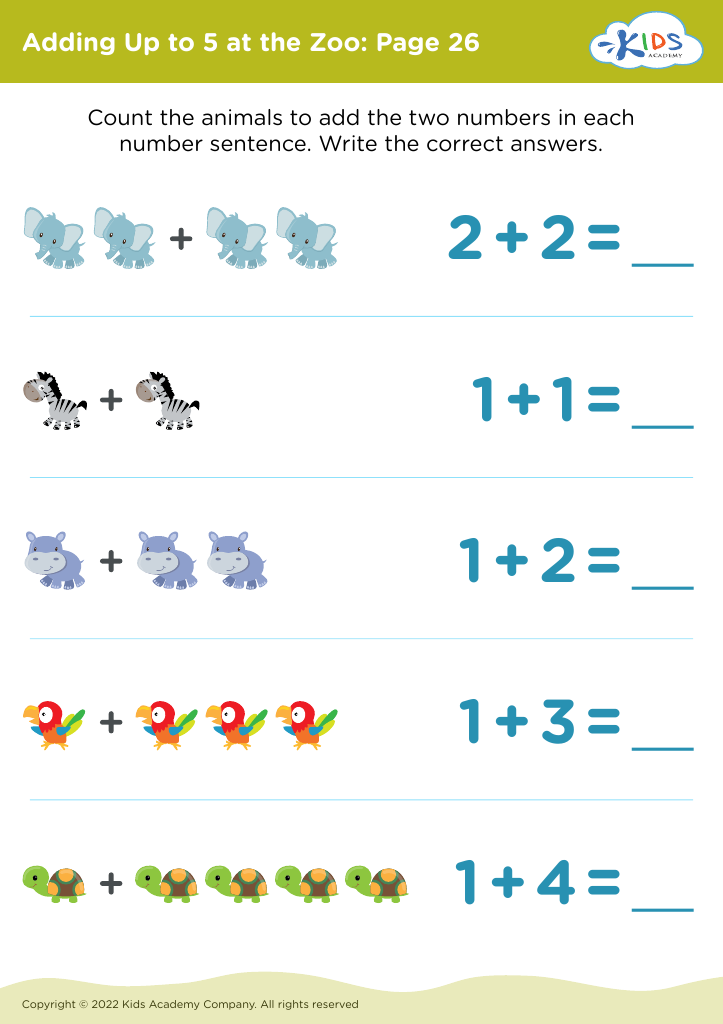
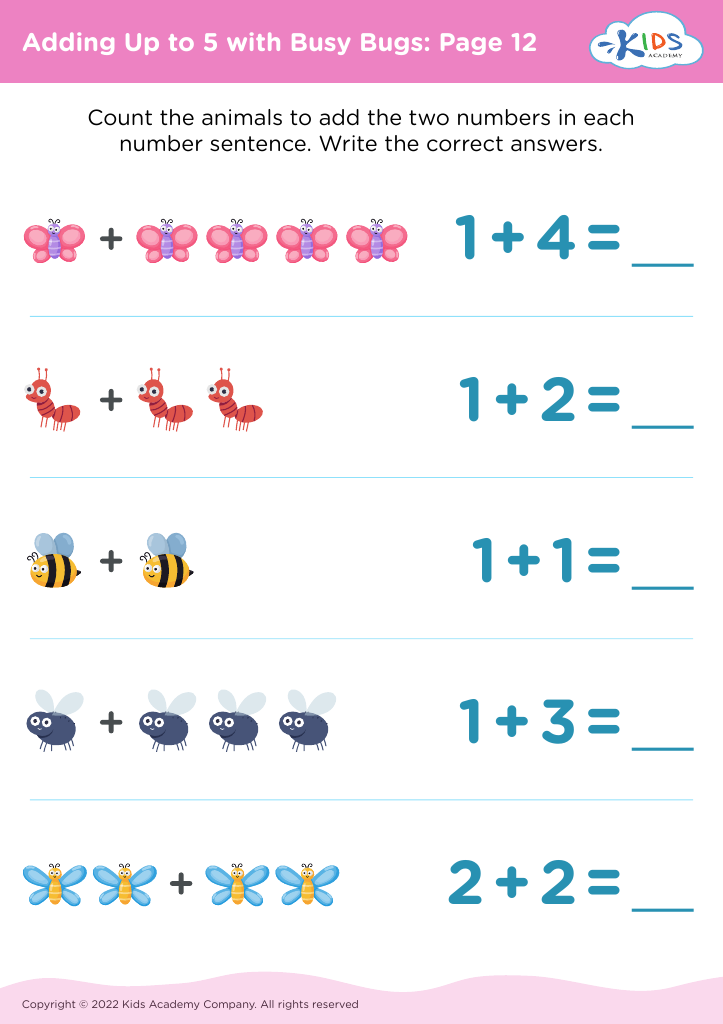
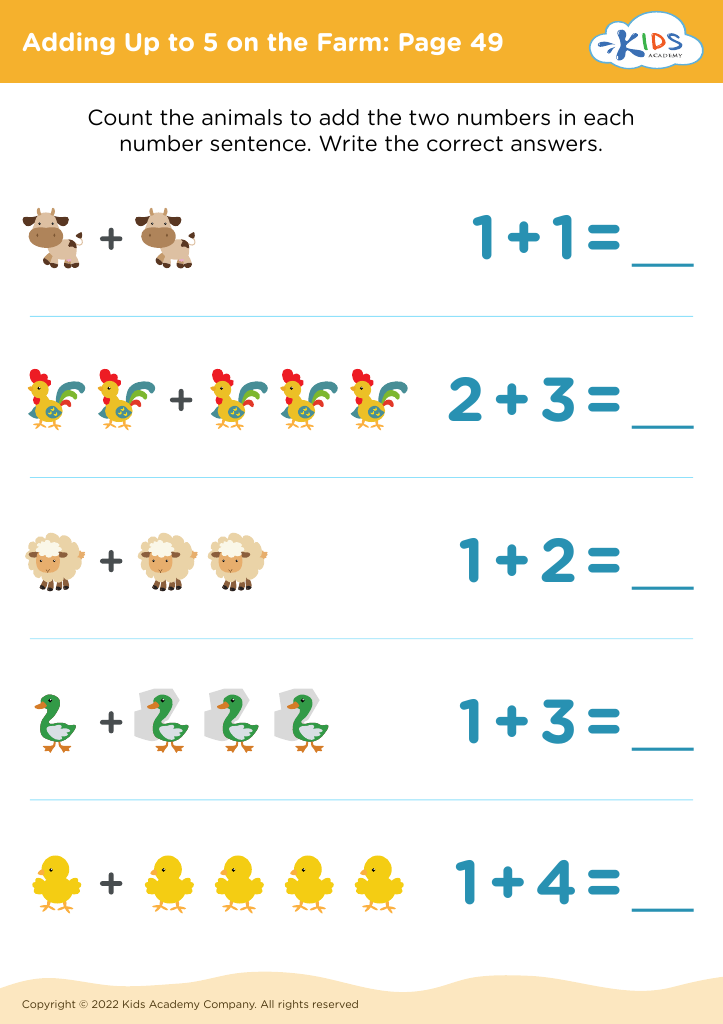
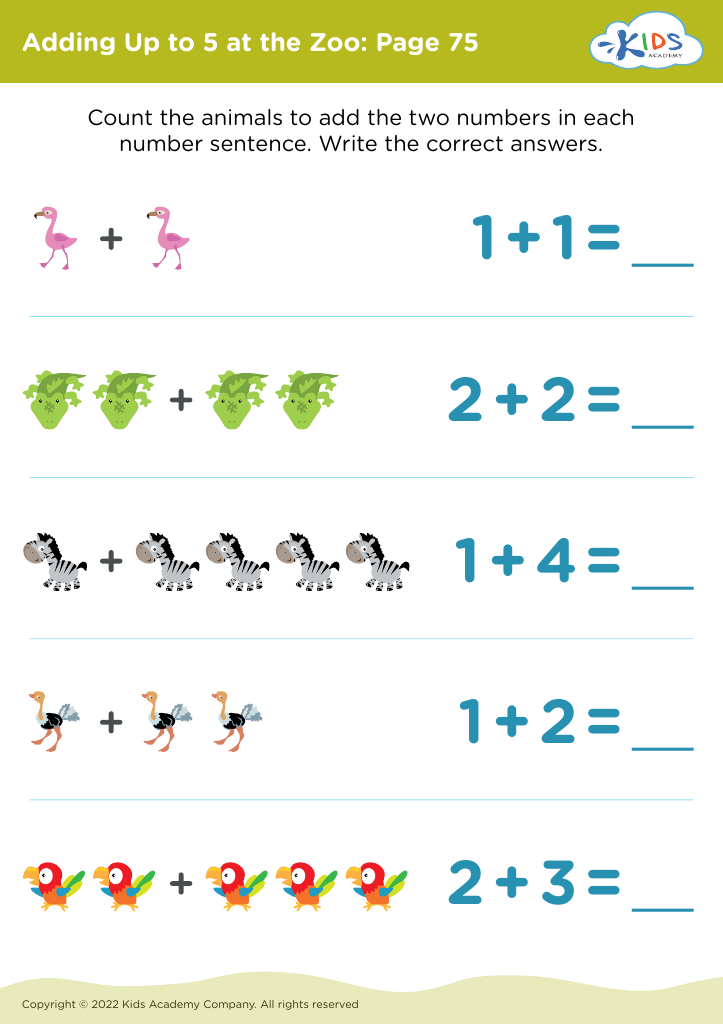





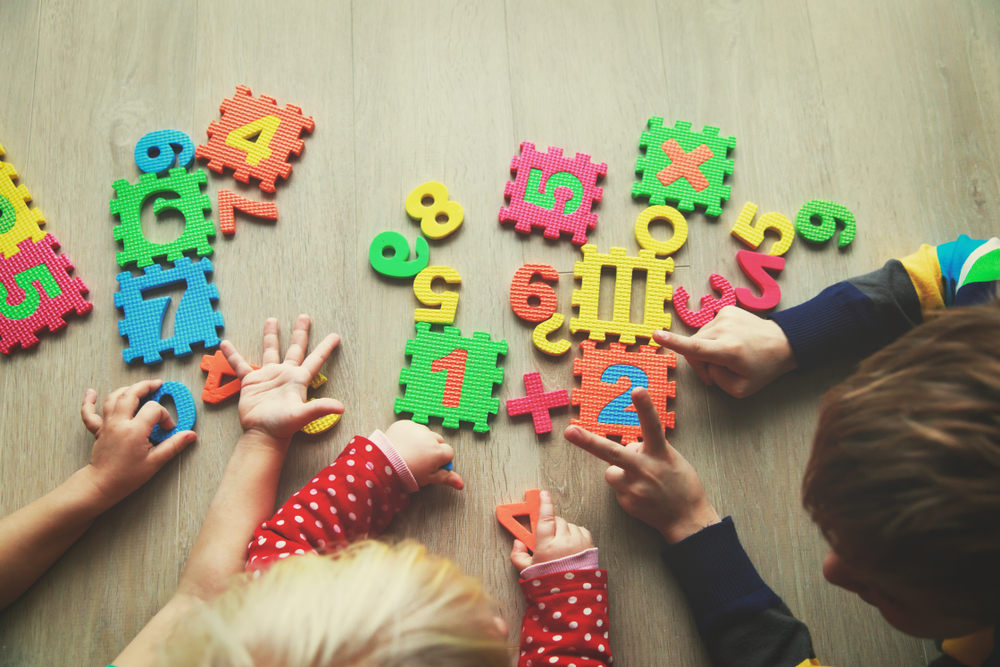

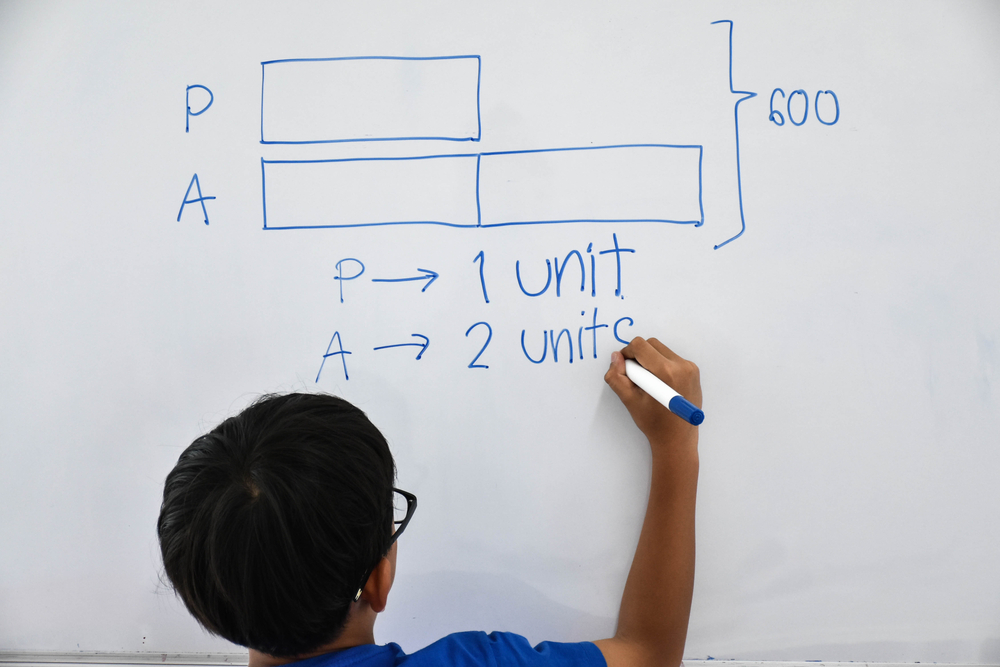
.jpg)
